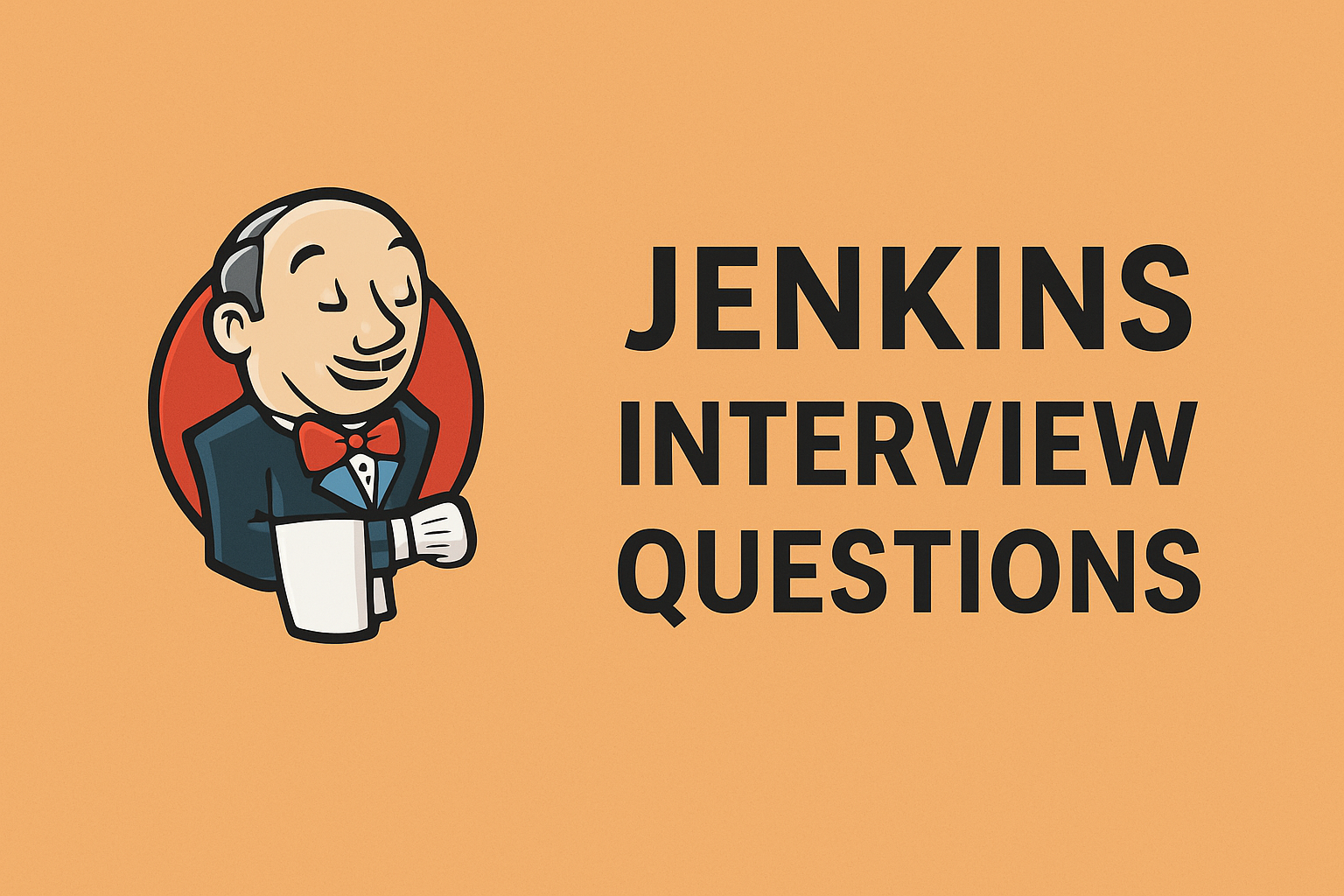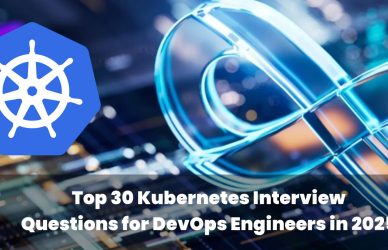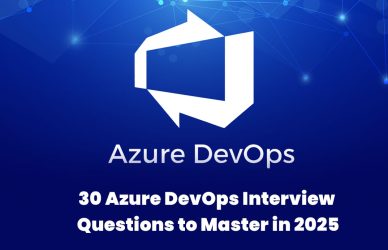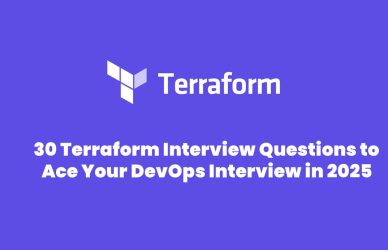Jenkins Interview Questions and Answers (Top 30)
1. What is Jenkins?
Jenkins is an open-source automation server used to build, test, and deploy applications. It supports continuous integration and continuous delivery (CI/CD).
2. What are the features of Jenkins?
- Open-source and free
- Extensible via plugins
- Easy installation and configuration
- Supports distributed builds
- Integrates with many version control tools
3. How do you install Jenkins?
Jenkins can be installed via native system packages, Docker, or a WAR file that runs on any servlet container like Tomcat.
4. What are Jenkins plugins?
Plugins extend Jenkins functionality. Popular ones include Git, Docker, Maven, Pipeline, Slack Notification, etc.
5. What is a Jenkins pipeline?
A Jenkins pipeline is a suite of plugins that support integration and implementation of continuous delivery pipelines.
6. What is Jenkinsfile?
Jenkinsfile is a text file that contains the definition of a Jenkins pipeline and is stored in the source control repository.
7. What is the difference between declarative and scripted pipelines?
- Declarative: Structured and easier syntax.
- Scripted: Uses Groovy scripting, offers more flexibility.
8. How do you trigger builds in Jenkins?
- Manually
- On code commits (SCM polling)
- Scheduled (CRON)
- After other builds
- Via REST API
9. What are Jenkins agents/slaves?
Agents are remote systems connected to the Jenkins master to distribute the workload.
10. How does Jenkins integrate with Git?
Jenkins integrates with Git using the Git plugin. It allows Jenkins to pull code from Git repositories for building/testing.
11. What are Jenkins environment variables?
Predefined variables like BUILD_ID, WORKSPACE, JOB_NAME used within builds to refer to dynamic values.
12. How do you secure Jenkins?
- Use Jenkins own user database or external security realm
- Enable matrix-based security
- Install security-related plugins
- Use credentials plugin for secrets management
13. What is Blue Ocean in Jenkins?
A modern GUI for Jenkins that simplifies creating and visualizing pipelines.
14. What are some common Jenkins plugins?
- Git Plugin
- Pipeline Plugin
- Docker Plugin
- Slack Notification Plugin
- Credentials Binding Plugin
15. What is the Jenkins workspace?
It is the directory on the Jenkins server where project files are copied and builds are executed.
16. How do you handle credentials securely in Jenkins?
Use the Credentials plugin to store passwords, SSH keys, tokens, etc., and access them securely during pipeline execution.
17. What is a Freestyle project in Jenkins?
A flexible and general-purpose project that allows users to configure build steps manually.
18. How do you implement parallel builds in Jenkins?
Using the parallel block in a declarative or scripted pipeline to run multiple stages at the same time.
19. How can Jenkins be configured to build automatically when changes are pushed to Git?
- Use the SCM polling feature
- Use webhooks in GitHub/GitLab to notify Jenkins
20. How do you monitor Jenkins?
- Use built-in logs
- Install Monitoring plugin
- Integrate with third-party tools like Prometheus or ELK stack
21. How do you integrate Jenkins with Docker?
Install Docker plugin, use Docker agents, or run Jenkins inside a Docker container to build Docker images as part of CI/CD.
22. How to handle failed builds in Jenkins?
- Set up notifications (email, Slack)
- Use
catchErrorblock in pipelines - Add post-build actions like archiving or test reports
23. What is an executor in Jenkins?
An executor is a computational resource for running builds on an agent or master.
24. What is artifact archiving in Jenkins?
Artifacts are files generated from builds. Jenkins can archive them using archiveArtifacts for later use.
25. What is input step in Jenkins pipeline?
It pauses the pipeline and waits for human input before continuing.
26. What is the difference between input and parameters in Jenkins?
- Parameters: Defined at build start for user input
- Input: Pauses execution mid-pipeline to get confirmation or data
27. How do you configure a Jenkins job?
- Choose job type (Freestyle, Pipeline)
- Define SCM source
- Add build triggers
- Set build steps and post-build actions
28. What are post actions in Jenkins pipeline?
These are executed after the build completes, such as sending notifications, archiving artifacts, or cleaning workspace.
29. What are build triggers?
Mechanisms to start a build: SCM change, scheduled time, upstream build, or manual start.
30. What are best practices for Jenkins pipeline?
- Keep Jenkinsfile in version control
- Use shared libraries
- Secure credentials
- Modularize stages
- Archive artifacts and logs
- Use parallelism carefully







